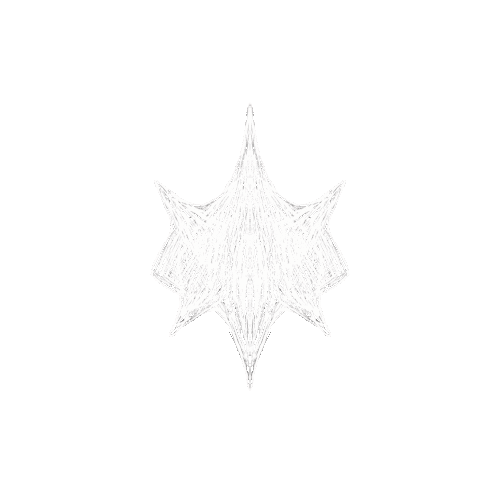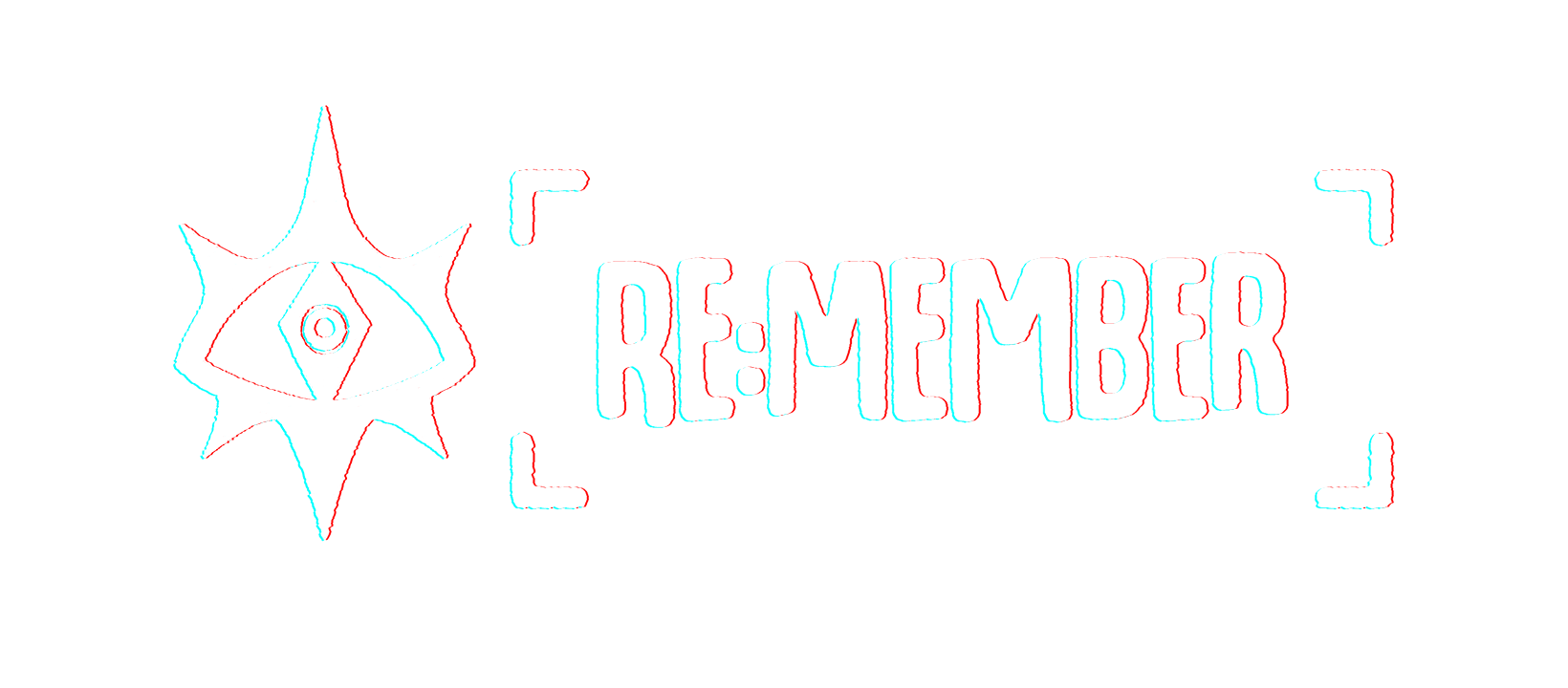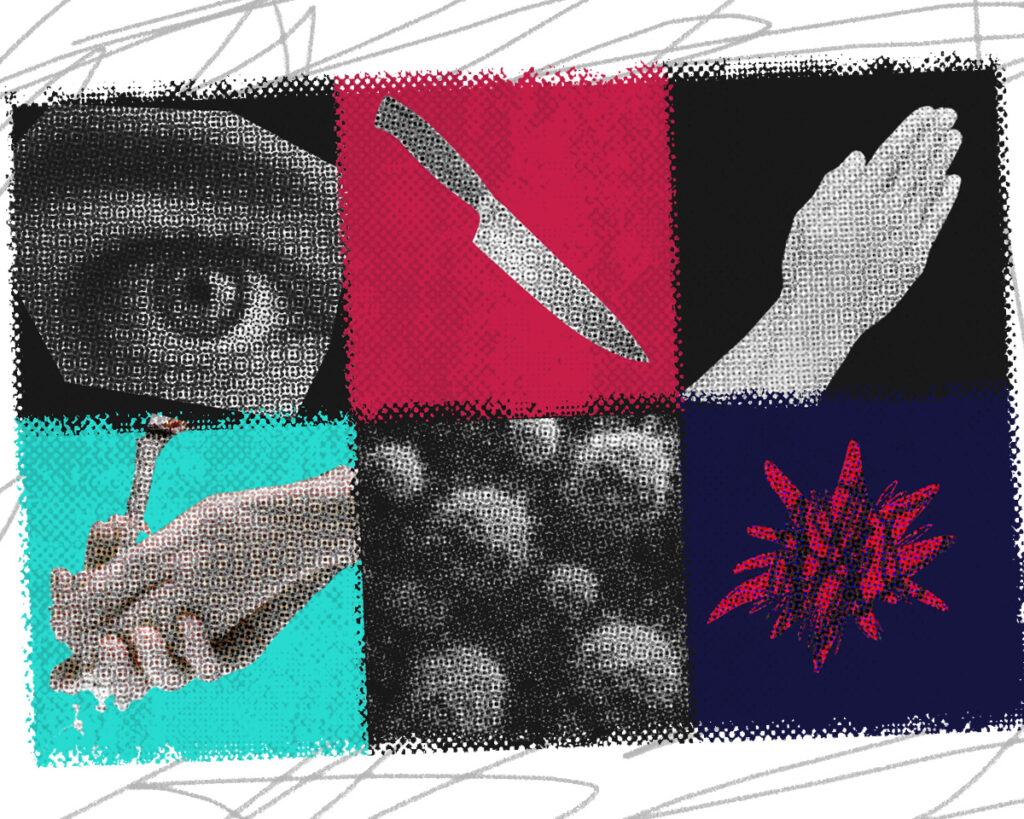Beyond the surface, OCD is more than just one condition.
Obsessive-Compulsive Disorder (OCD) manifests in many forms, each with its unique struggles, from the fear of contamination to intrusive moral thoughts, highlighting the need for tailored understanding and treatment.
CONTAMINATION OCD
Contamination OCD is one of the most commonly known subtypes of OCD, where individuals experience intense distress and fear of contamination from dirt, germs, or other substances that appear harmful. This leads to behaviors exhibiting compulsiveness, such as excessive cleaning, washing, or avoiding places that may be seen as contaminated. (American Psychiatric Association, 2013; International OCD Foundation, 2023.
SCRUPULOUS OCD
Scrupulous OCD is another subtype that instead involves obsessions over moral and religious beliefs. Individuals who have this subtype may deem themselves as sinful, immoral, or unclean, and as such would experience intrusive thoughts that correlate with these perceptions. They may engage in compulsive behaviors such as seeking reassurance or performing rituals to atone for these feelings they experience(Abramowitz & Jacoby, 2014). Scrupulous OCD intersects with cultural and religious practices, wherein the feeling that one is morally flawed is displayed in expectations of piety and ethical behavior.
HARM/AGRESSION OCD AND SEXUAL OCD
Other subtypes of OCD, such as Harm/Aggression OCD and Sexual OCD, involve intrusive thoughts and actions that are either related to causing harm to oneself or others or engaging in sexual acts that the individual may find disturbing or inappropriate. Those with Harm/Aggression OCD fear that they may harm others, even if they have no intention to do so. These are coupled with behaviors that are dedicated to preventing harm or seeking reassurance.(American Psychiatric Association, 2013). In contrast, Sexual OCD emphasizes intrusive, unwanted sexual thoughts or images that cause distress. This leads to the individual feeling anxious thinking they might act inappropriately or harm others. (International OCD Foundation, 2023). Both of these subtypes emphasize therapeutic interventions that focus on emotional and cognitive factors that lead to these intrusive thoughts, which displays the importance of dedicated treatment approaches for individuals with OCD.
REFERENCES
Abramowitz, J. S., & Jacoby, R. J. (2015). Obsessive-compulsive and related disorders: A critical review of the new diagnostic class. Annual Review of Clinical Psychology, 11, 165–186. https://doi.org/10.1146/annurev-clinpsy-032813-153713
American Psychiatric Association. (2013). Diagnostic and Statistical Manual of Mental Disorders (5th ed.). Arlington, VA: American Psychiatric Publishing. DOI: 10.1176/appi.books.9780890425596
International OCD Foundation. (n.d.). Subtypes of OCD. International OCD Foundation. Retrieved December 12, 2024, from https://iocdf.org/expert-opinions/subtypes-of-ocd








